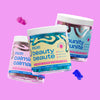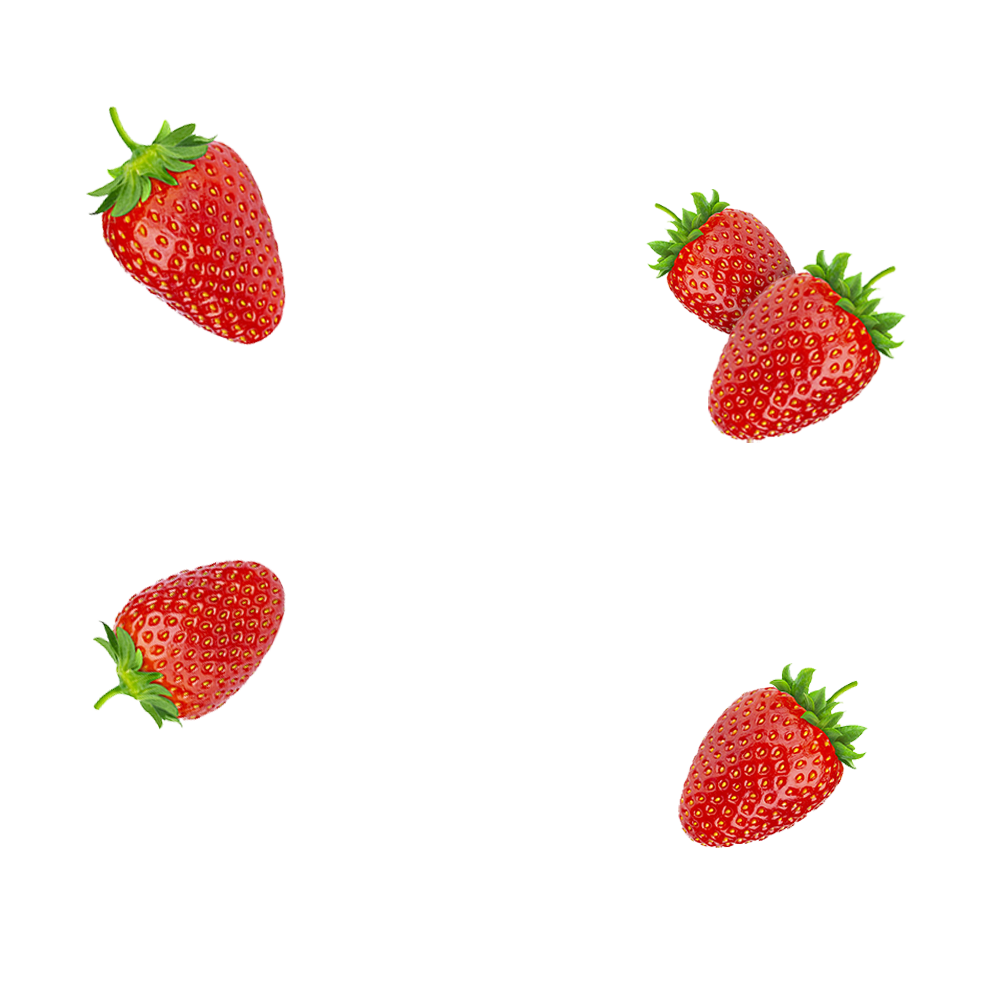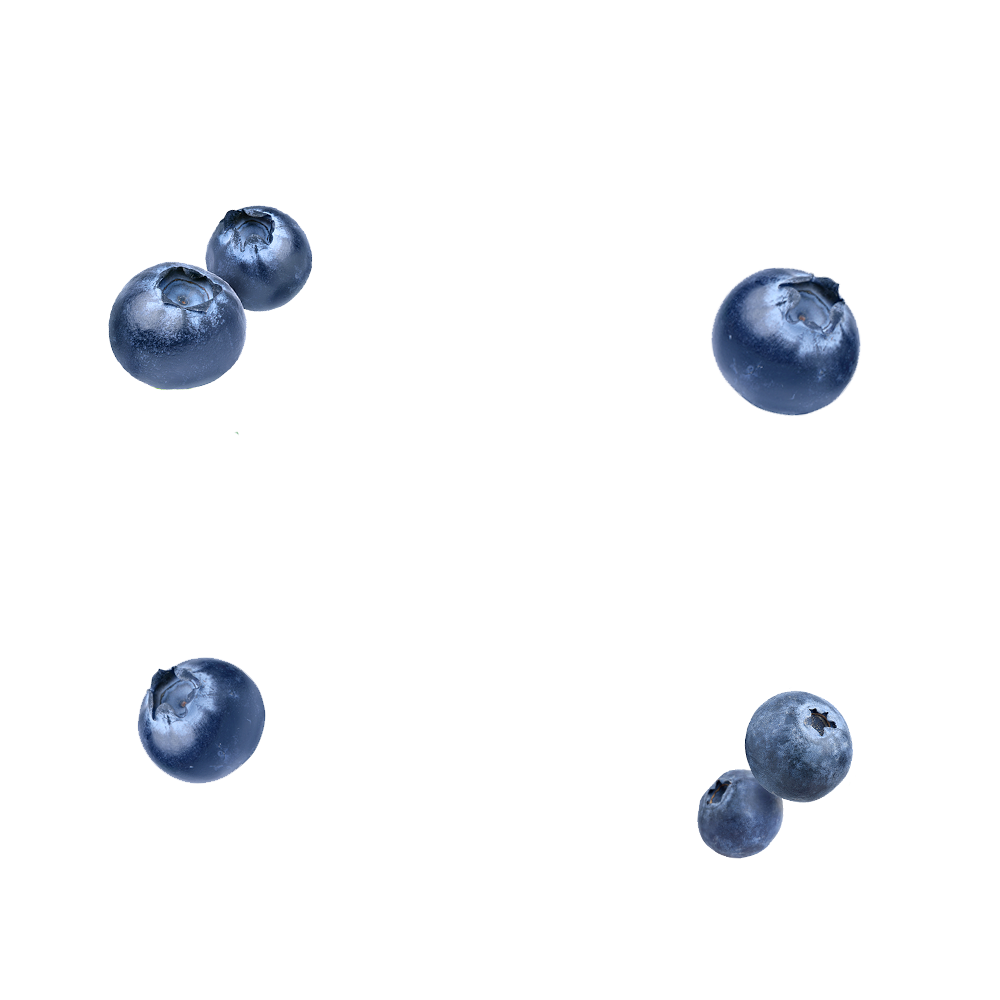Dairy Products: How to Choose Them?

Dairy can offer valuable nutrition, but selecting the appropriate dairy milk products is crucial.
Dairy sourced from commercial factory farms can present numerous concerns. When cows are fed grains instead of grass, and farms do not adhere to organic standards, the resulting products may contain various harmful substances that can disrupt our bodies.
Some of the primary harmful substances that can be found in conventional milk and milk products include: GMOs, pesticides, herbicides, animal by-products, antibiotics, growth hormones, and added sugars.
Opt for organic and grass-fed dairy products only
Purchasing organic and grass-fed dairy products ensures you are avoiding exposure to harmful substances like pesticides, growth hormones, and antibiotics.
Organic certification guarantees that products are free from pesticides, GMOs, animal by-products, and antibiotics. Meanwhile, grass-fed designation signifies that animals were raised on natural grass rather than artificial grain with potentially unhealthy ingredients. Optimal choices include 100% grass-fed products, although those labelled as 95% grass-fed are also favourable.
Even among organic, grass-fed dairy products, there are certain choices better than others.
The best and worst dairy and milk choices:
Best:
o 100% grass-fed and organic products
o Ghee (clarified butter)
o Butter
o Whole cream
o Half and half
o Raw goat cheese and raw sheep cheese
o Cheese (especially aged cheeses)
Worst:
o Any milk or dairy that is grain fed or not organic
o Sweetened and fruit-flavoured yogurt
o Processed cheeses
o Sugar-filled foods like ice cream
Overall, it’s crucial to prioritise the good sources of dairy and to consume it in moderation. Incorporating small amounts of dairy into your diet while diversifying your meals with plenty of nutrient-rich foods such as vegetables, proteins, and healthy fats is key.











